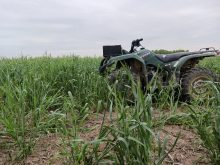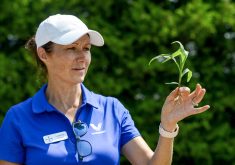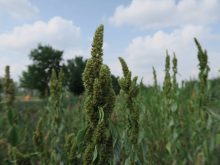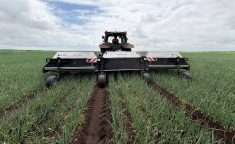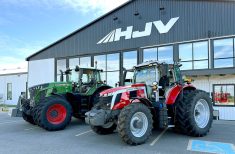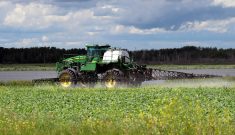Guy Coleman, precision weed control researcher at the University of Sydney, says incorporating deep-learning capabilities into sprayer artificial intelligence (AI) systems will allow for ever more efficient weed control while reducing inputs and resistance risk.
“Australia has had a long battle with resistance. That’s why I guess some of this technology is being developed out of Australian systems because we’re trying to throw everything at the problem,” says Coleman, who spoke at the Ontario Agricultural Conference last month.
“It’s all about treating the weed, not the paddock.”
Read Also
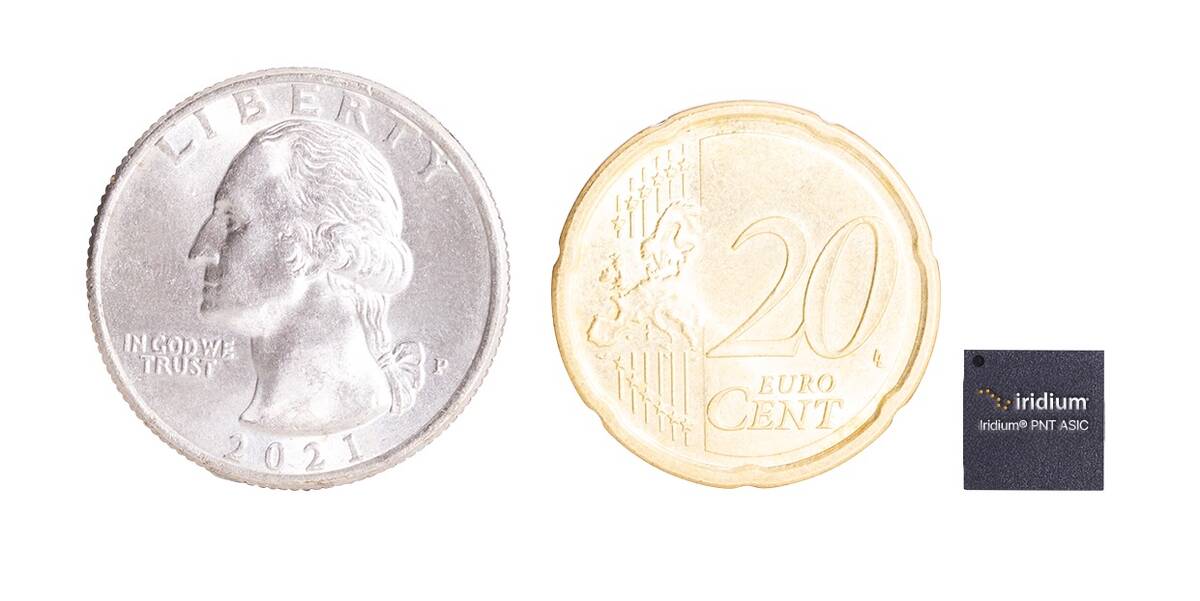
New Iridium technology helps block GPS spoofing
A tiny new chip will allow Iridium’s Positioning, Navigation and Timing (PNT) signals to be received much smaller devices, create a backstop against Global Positioning Systems (GPS) spoofing.
Why it matters: AI is increasingly effective at identifying weeds among green crops, but the algorithms still require developers to manually input large volumes of information. Algorithm changes could solve this and would be a boon for precision weed removal.
Accomplishing this goal relies on individually targeting weeds but when their location isn’t known, spraying the entire field is the default practice.
[RELATED] Deere launches See and Spray Ultimate
Decades-old colour-sensor technology was a major step toward greater precision capability. As an example, Coleman cites a system from 1971 that was designed to remove green weeds from a brown background. Similar black-and-white sensor systems have been used for spray and tillage operations in the decades since.
Identifying weeds in a green-on-green environment, however, is the real challenge.
Satellite and drone imagery offer a good starting point. While individual weed identification is difficult, if not impossible, both tools can highlight problem areas in green environments.
UAV weed maps developed with either tool, and specified target areas, can be uploaded to the sprayer.
Still, the time required to fly the drone and generate satellite images, plus the number of stages required for software development, are constraints.
“I guess in future you might be able to mount sensors and nozzles to drones. The payload’s going to be an issue,” says Coleman, reiterating true game-changing systems need to also operate in real-time.
Ground-based systems based on information from cameras collecting colour, shape and spatial information are an important way forward.
“We can use this information to not necessarily go to machine learning just yet, but start to work with just shape, colour, texture, location, using fairly simple algorithms,” says Coleman.
“The problem is weeds change in colour throughout the day, different lighting conditions from the sun.
They also change colour throughout the year, the season, in different drought stress [and other] environments. So that’s why this method isn’t always the best, but it does work in some scenarios.”
[RELATED] How to choose the right sprayer nozzle
Next-generation AI
The incorporation of AI algorithms was another game-changer in achieving targeted spray applications in green-on-green environments. Producing an effective machine-learning program is still tedious and time consuming, however, and requires the programmer to feed large amounts of information, such as what the same weed, or even parts of the weed, looks like in many parts of the field.
The answer is to develop deep-learning programs. That is, a multi-layered artificial neural network capable of finding and learning from highly complex patterns on its own, as has been done with facial recognition and other areas of AI development.
“Rather than just simple data structures and algorithms that give you okay results…deep learning is showing it’s much better adapting to those different conditions,” says Coleman.
“These things are very, very large. A normal network is, I guess, around 100 million parameters…That’s the scale of it these days. Just think of the scale of these things and the amount of computation that’s happening.
“The fact that this works and we’re seeing examples in the field, in real time, is pretty cool … That’s why everybody is so excited about deep learning. It’s doing much better than traditional machine learning.”
But development barriers remain.
“If you want to develop a car data set, you can go out to the street and collect a bunch of images of cars. It’s fairly easy. In agriculture you have to wait for a dry year, a wet year. There are ways to simulate those things and get around it. That’s certainly possible. But its not as easy as just going out there and saying, all right, I want a six- to eight-leaf weed,” says Coleman.
“Often when we’re working with engineers, it takes a while for us to show you don’t have plants on demand. You have to wait six weeks, eight weeks, to get the crop to the right stage, and the weeds to the right stage too.”






